Nome
Located on the southern side of the Seward Peninsula along the Bering Sea coast in Arctic Alaska, Nome is an interesting destination that combines Alaska’s gold rush history with rich Iñupiat culture, great fishing, and plentiful wildlife. As the residents of the town say, “there’s no place like Nome.”
The city is perhaps best known today as the finish line for the 1,049-mile Iditarod Trail Sled Dog Race. The race begins the first Saturday in March in Anchorage, and the first dog teams begin arriving in Nome as soon as eight days later. Nome's Iditarod Festival begins a week after the start and continues as all of the mushers make their way in.
History of Nome
Iñupiat people have lived on the Seward Peninsula and the area surrounding Nome for centuries before gold was discovered at Anvil Creek in 1898. The city of Nome was established soon after, in 1901. The gold rush kicked off with the discovery of gold by the "Three Lucky Swedes" in 1898 and brought more than 20,000 people from all over the world to Nome through the early 1900s. By 1910, with the gold rush dwindling, the population fell to 2,600, and then down to less than 1,500 by 1934. Nome was also notable for the 1925 Serum Run, when a relay team of dog sleds transported life-saving diphtheria serum across harsh winter conditions 674 miles from Nenana to Nome.

Getting to Nome
Nome is not on the Alaska road system and is only accessible by air or water. Alaska Airlines provides daily scheduled flight service from Anchorage to Nome. Several regional carriers operate scheduled service and air taxis to Nome from other villages and cities in Alaska.
Things to Do in Nome
Gold Rush History & Scenery on the Nome Road System
Nome may only be accessible by air or sea, but once there you can explore 350 miles of roads that connect to other communities on the Seward Peninsula and wind through tundra, mountains, and coastal plains along the way. You will see artifacts of the gold rush everywhere, including abandoned dredges, turn-of-the-century steam engines, old mining claims, and old railroad track and decaying trestles. Once such relic is "The Last Train to Nowhere," remnants of a steam train that was under construction in the early 1900s to support the gold rush boom. Construction stopped when the gold rush subsided after only 35 miles of tracks were built - leaving the remains of the train to rest permanently on the tundra outside of Nome.
For a self-guided adventure, rent a car to explore the area’s road system on the three roads that lead from town: the Nome-Teller Highway, Council Road, and Kougarok Road. Abundant wildflowers and tundra plants blanket the landscape, while herds of musk ox and reindeer graze within sight of the road. Other resident critters include bears, moose, fox, beaver, wolves, wolverine, lemmings, voles, and shrews. The road system passes through a variety of habitats from beach to boreal forest, each boasting its own bird populations. Summer provides great fishing in one of the many streams and rivers or in the Bering Sea.

Tours
Tour operators lead guided trips in summer and winter including city walking tours, history and cultural tours, hiking, birding, photography, wildlife viewing, fishing, ATV tours, horseback riding, and overnight backcountry trips. Independent travelers can take self-guided walking tours, pan for gold, or walk the beaches of Nome. For an aerial view, flightseeing is an excellent way to gain an appreciation for the area's vastness and see wildlife including musk oxen, reindeer, bear, walrus, seals, or an occasional grizzly bear or polar bear. In winter, visitors can visit kennels and go for a dog sled ride, go cross country skiing, and view the northern lights.
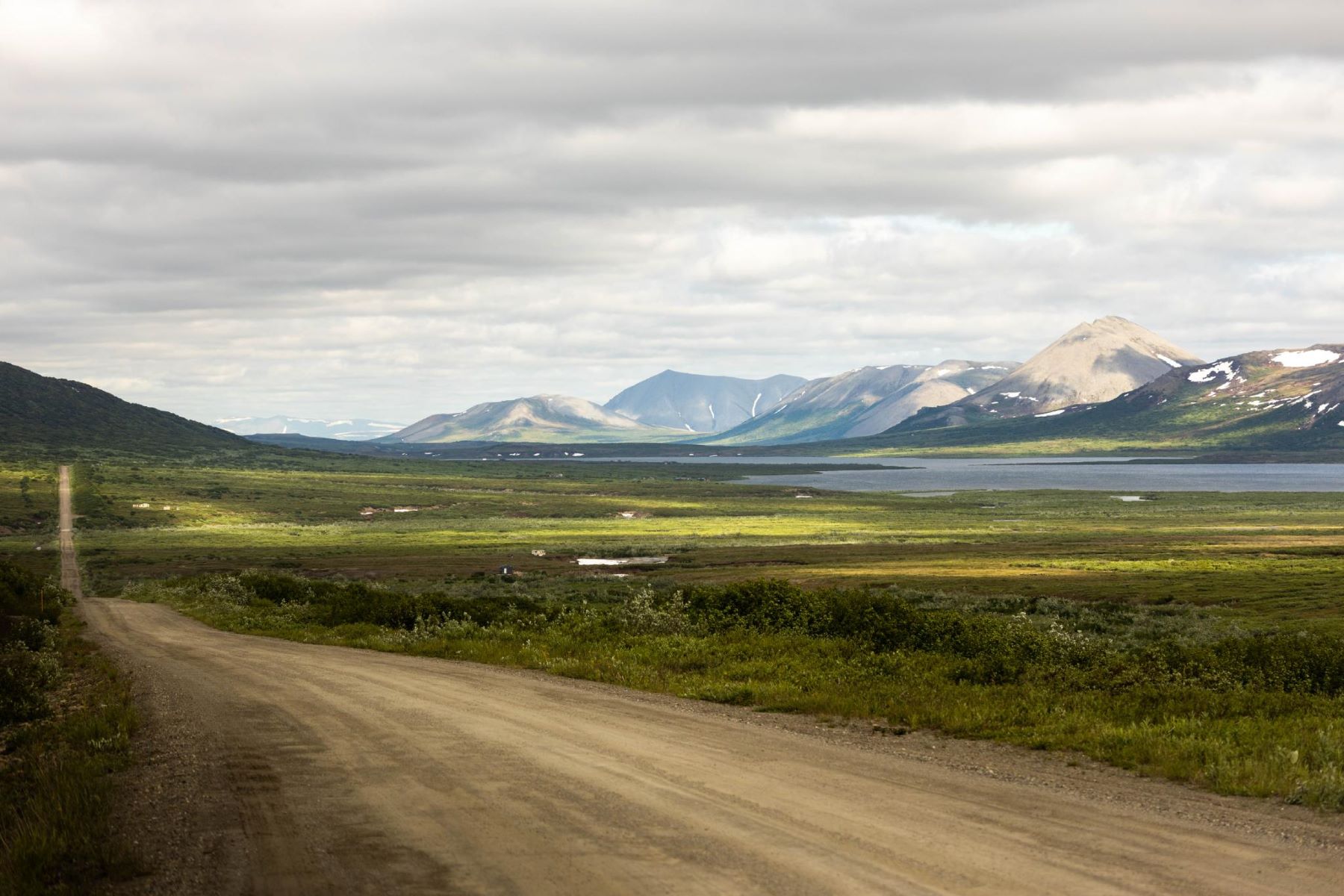
Pilgrim Hot Springs
For some R&R during the summer months, visit Pilgrim Hot Springs, located about 60 miles northeast of Nome along the road system. Surrounded by trees on a 320 acre property set against a mountain backdrop, Pilgrim Hot Springs features several natural hot-springs soaking pools, cabins, campsites, and historic buildings. Iñupiat people originally used the area for subsistence hunting, gathering, and soaking. The area was used by miners during the gold rush in the early 1900s and then became a Catholic mission and orphanage. The orphanage operated until 1941 and visitors can still see the some of the historic buildings, including the church and orphanage bunkhouse, now on the National Register of Historic Places.
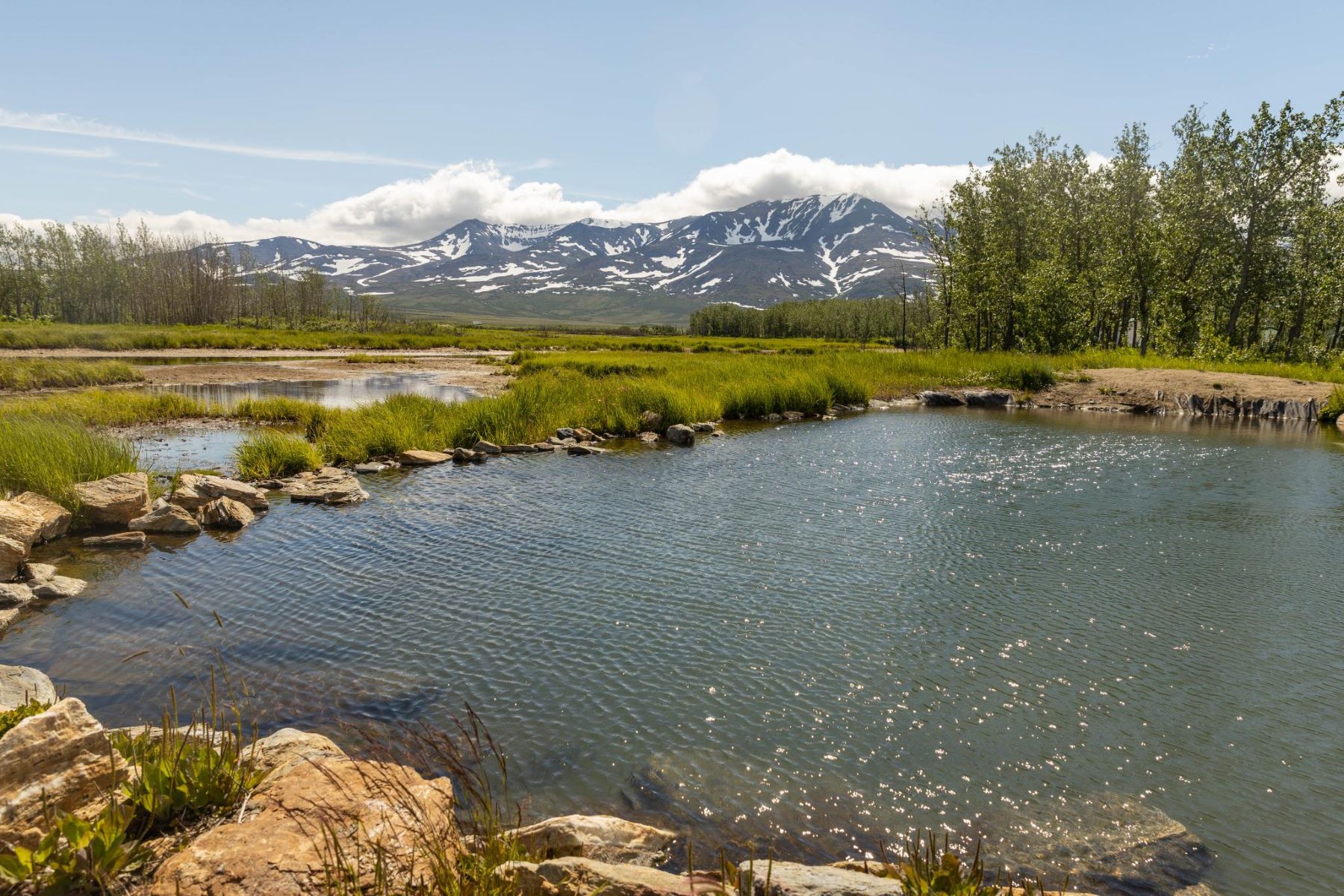
Museums & Cultural Centers
A stop off at the Carrie M. McLain Memorial Museum is worthwhile. Daughter of a prospector, Carrie McLain arrived in Nome when she was eight and grew to become the town historian and one of Nome's leading citizens. The museum showcases the lives of the gold prospectors and presents the art and lifestyle of the Iñupiat people with rare artifacts and photos. In the same building is the Katirvik Cultural Center, a gathering place dedicated to preserving an celebrating the Indigenous cultures of the Bering Strait Region.
Nome is the access hub for nearby Bering Land Bridge National Preserve, which is 70 miles away and only accessible by snowmobile, small airplane, boat, or on foot. This remote national preserve protects a small remnant of the 1,000-mile-wide grassland that connected Asia and North America during the last Ice Age. Visitors who would like to learn more about the Preserve and the area's history can stop by the Bering Land Bridge Heritage Center in downtown Nome, which has immersive exhibits on local Iñupiaq culture, wildlife, and landscapes of the Preserve, along with interactive maps, a bookstore, and seasonal ranger programs.
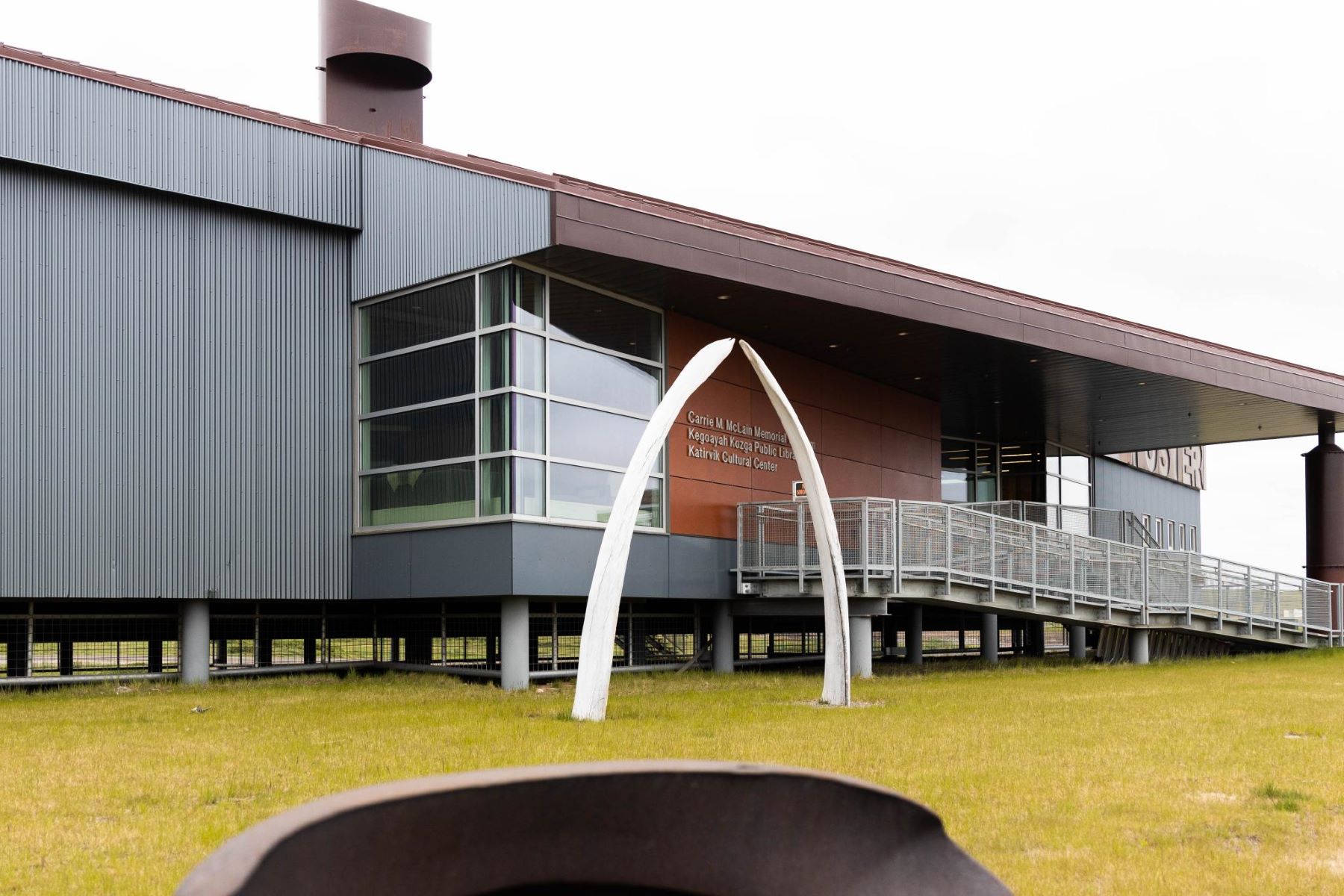
Downtown Nome
Downtown Nome is home to gift shops featuring Alaska Native arts and crafts, plus restaurants, shops, outfitters, and grocery stores. Make sure to stop by Anvil City Square for a collection of interesting sights, including the largest gold pan in the United States, Old St. Joe's Hall (a historic church built in the early 1900s), examples of Inupiaq Umiak boats, historical statues, interpretive displays, and a playground. Less than a mile from town is another popular photo op - the Swanberg Dredge - a historic gold dredge that was decommissioned in the 1940s. A boardwalk with interpretive signs leads out to the dredge, which is also a great spot for birding.
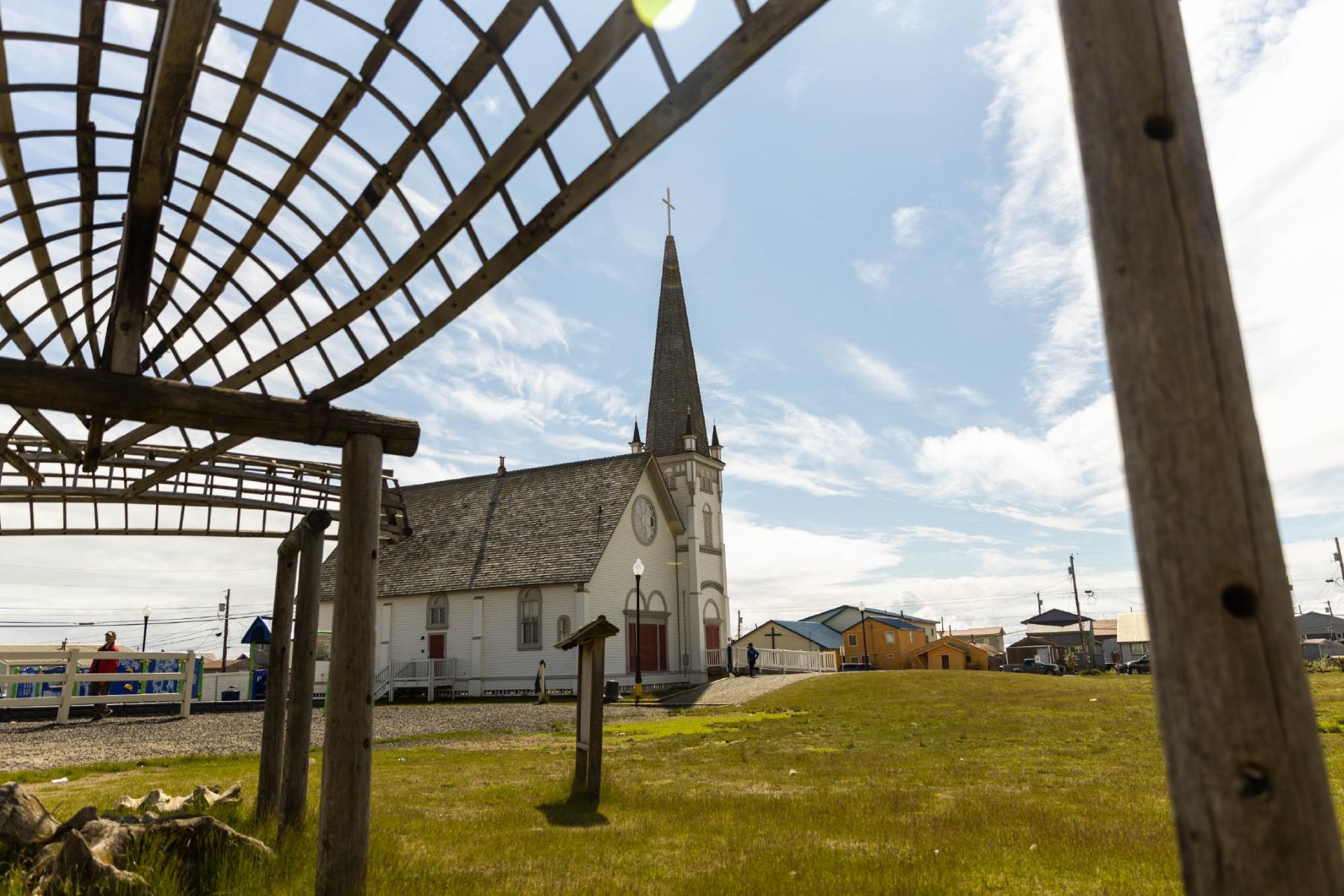
Events
Iditarod Trail Sled Dog Race
In March, one of the toughest sled dog races in the world finishes in Nome. The Iditarod Trail Sled Dog Race is a 1,000 mile race that begins with a ceremonial start from Anchorage the first Saturday in March and an official start the next day in Willow. The winner pulls into Nome some as early as eight days later, with the rest of the mushers making their way in for days afterwards. During the finish of the race, Nome's population grows by approximately 1,000 people and turns Nome into what people warmly refer to as the "Mardi Gras of the North." Hundreds of events are staged during Nome's Iditarod Festival and range from the Nome-Golovin Snowmachine Race and dart tournaments to opportunities to meet the mushers and participate in the Bering Sea Ice Golf Classic.

Iron Dog Snowmobile Race
Nome is also the halfway point for the world’s longest, toughest snowmobile race: the Iron Dog. The route varies from year to year, with racers traveling around 2,000 miles through remote, rugged terrain in the Southcentral, Interior, and Arctic regions of Alaska. The event goes from mid to late February, with Nome hosting a halfway point banquet during the race.
Midnight Sun Festival
Visitors to Nome in summer can plan their trip around the Midnight Sun Festival, celebrating more than 22 hours of direct sunlight on Summer Solstice on June 21. This 5 day event includes a parade, 5k race, Polar Bear Plunge, Alaska Native dancing and games, a Nome River Raft Race, and more.
Lodging in Nome
There are several lodging options in Nome including hotels, inns, B&Bs, and guest houses.
Looking for more? Read Top 7 Things to Do in Nome.
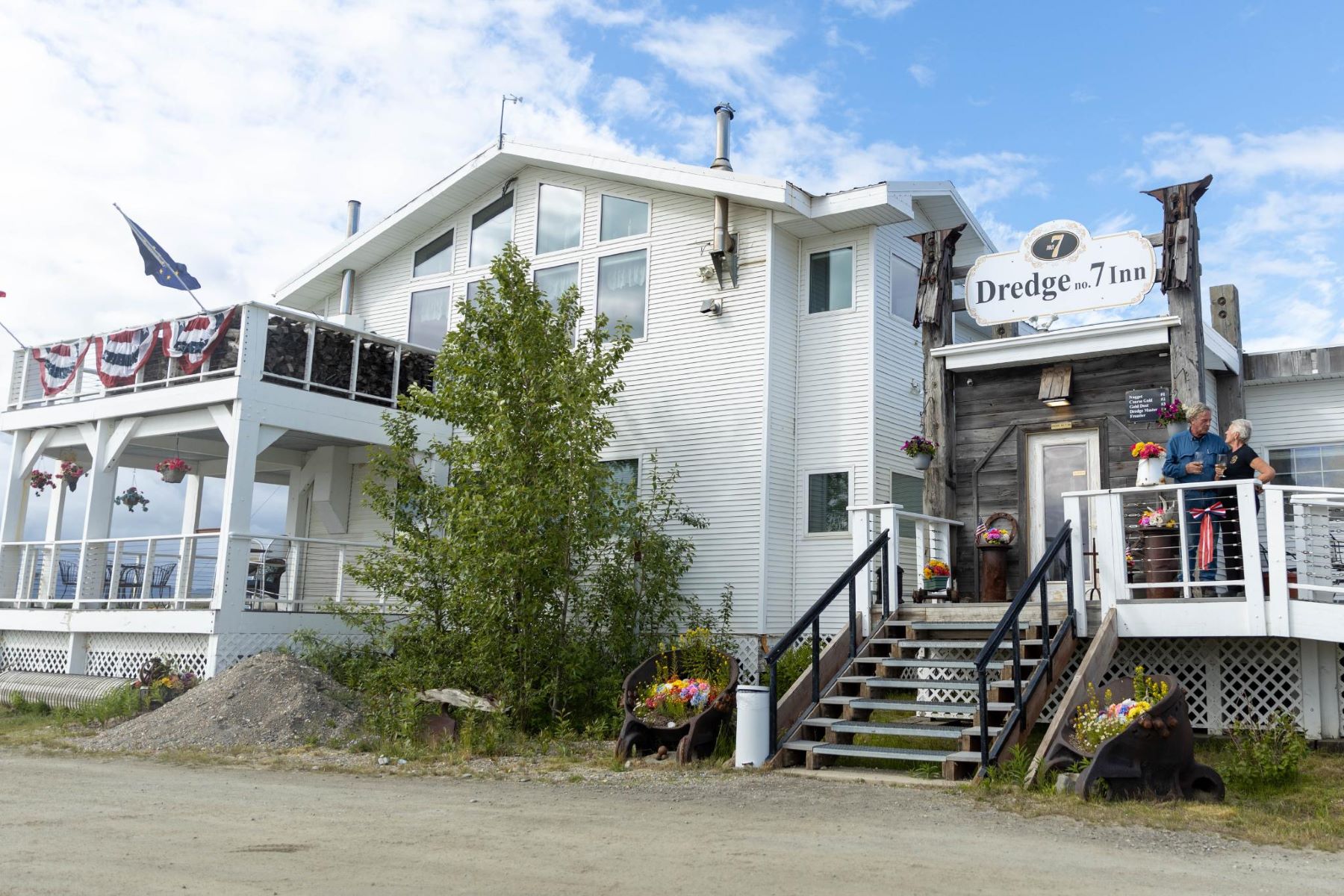
Plan Your Trip
This is the Alaska you've always wanted to see. Experience Native culture & art. Over 100 years of Gold Rush history. Stroll our beaches. Hike...
For over 93 years, Alaska Airlines has been connecting the villages of Alaska, with a now global reach. We serve 20 communities within the state...

Local Climate & Weather
For Alaska's day-to-day weather, it’s best to plan for a bit of everything. Learn more about weather in this area.
Travel Inspiration
#TravelAlaska
#TravelAlaska
 @wanderingwiththewilmores
@wanderingwiththewilmores
 @wanderingwiththewilmores
@wanderingwiththewilmores
 @wanderingwiththewilmores
@wanderingwiththewilmores
 @visitnome
@visitnome
 @visitnome
@visitnome
















